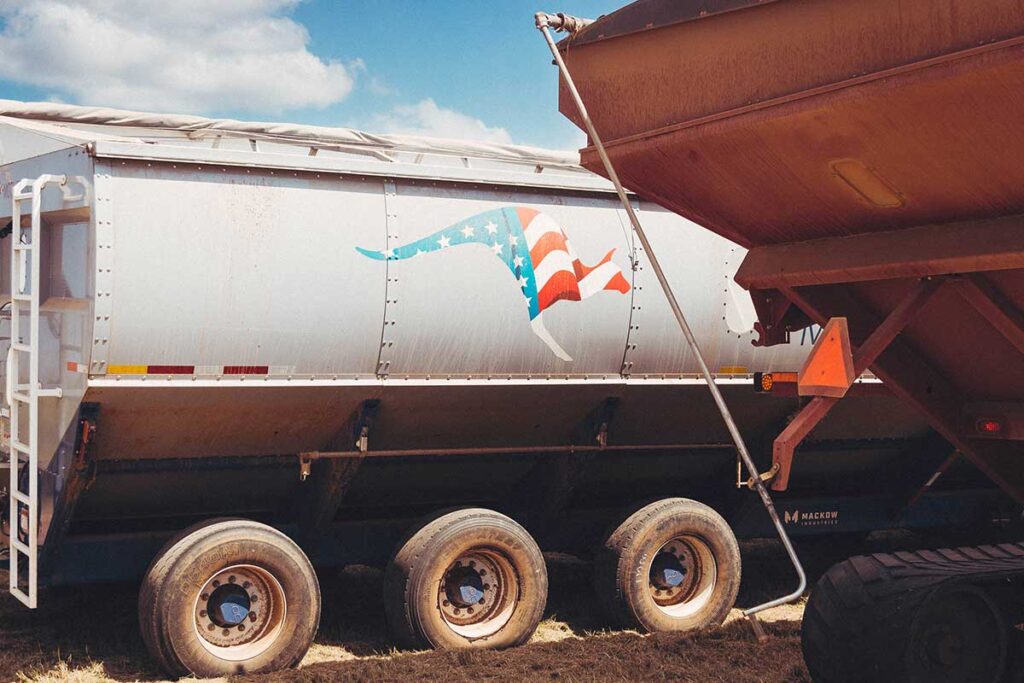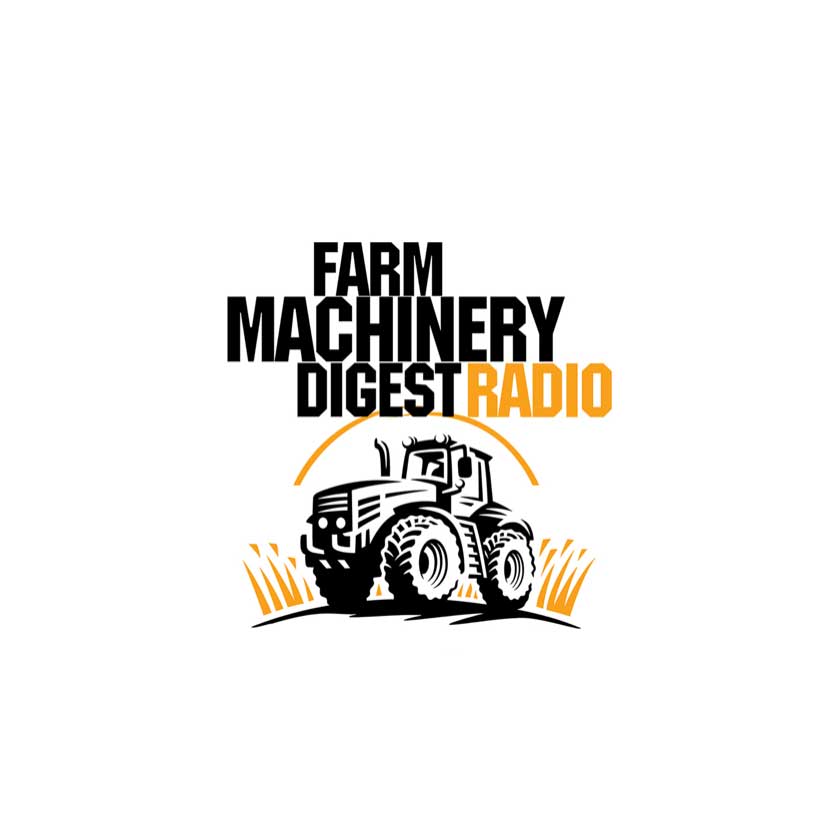Is It a Grain Cart or a Mother Bin?
When harvest season hits full stride, efficiency is everything. Farmers know that keeping the combine moving is critical—and that’s where support equipment like a grain cart or mother bin comes in. But what’s the difference between these two pieces of harvest equipment? They both move grain, they are both used in the field, and at a glance, they can look similar. However, understanding their unique roles can help maximize productivity and minimize downtime during the rush of harvest.
A grain cart is a mobile trailer pulled by a tractor that collects grain from the combine and delivers it to a semi-truck or other transport vehicle. Its primary purpose is to keep the combine from stopping. Grain carts typically have a high unloading speed and capacity ranging from a few hundred to over 1,000 bushels. Because they move continuously between the combine and the truck, grain carts are an important part of a fast-paced harvest operation.
On the other hand, a mother bin is more like a portable, temporary storage unit. It sits at the edge of the field and acts as a transfer station, holding 4,000 bushels or more of grain. Instead of running back and forth from the combine, the grain cart dumps into the mother bin. Then, trucks load from the mother bin at a steady pace. This setup reduces bottlenecks, especially when trucks are delayed or road transport can’t keep up with the combine’s pace.
So, is it a grain cart or a mother bin? In many cases, the answer is: both. These machines work best as a team. The grain cart moves with speed and flexibility, while the mother bin adds high-volume storage that keeps the system flowing smoothly even when external factors slow down transport.
For farmers looking to support their combine and maintain non-stop harvesting, a grain cart and a mother bin are essential; for managing high yields, long hauls, or limited trucking availability, adding a mother bin can be a game-changer.
Both pieces of equipment serve the same goal—efficient grain movement—but they do so in different ways. Understanding the strengths of each can help you design a harvest system that maximizes time in the field and keeps your grain moving, no matter the conditions.


